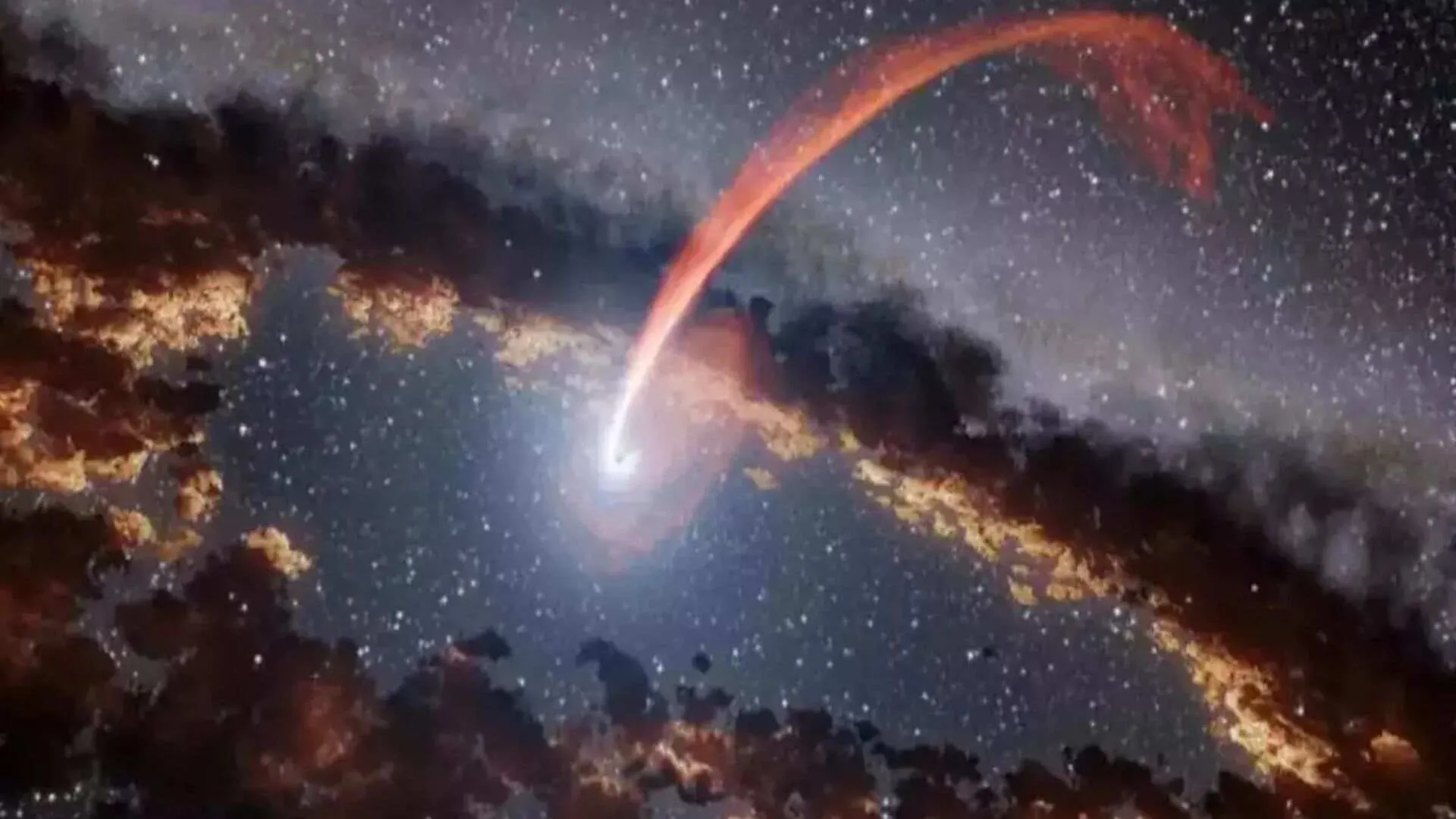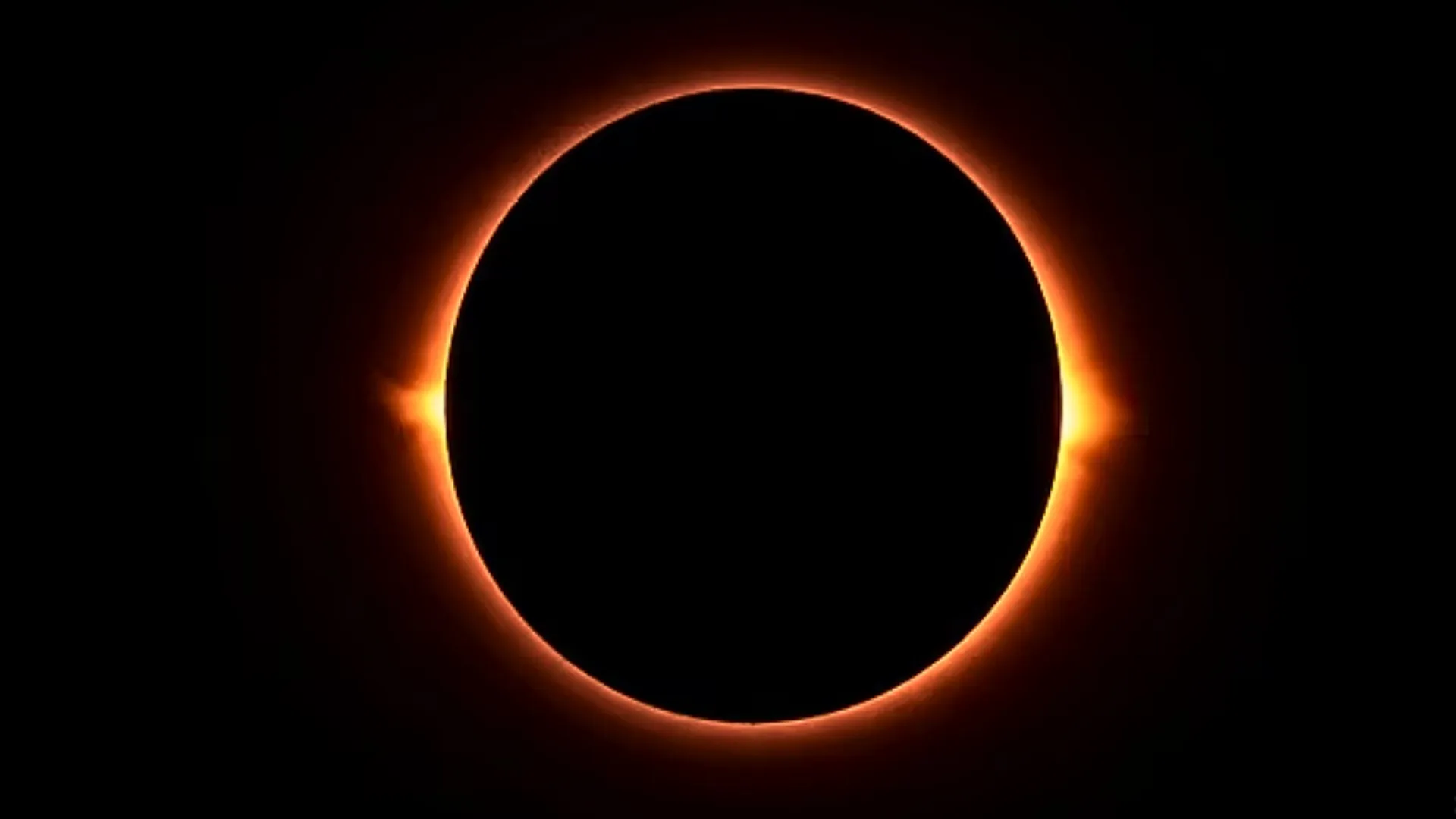Researchers have found a secret black hole that could potentially crash into the Milky Way in the future. The 600,000-solar-mass black hole lies in the Large Magellanic Cloud, a small galaxy that is a satellite of the Milky Way. Astrophysicist Jiwon Jesse Han of the Harvard & Smithsonian Center for Astrophysics (CfA) made the finding.
Black holes are hard to find since they do not give off any radiation unless they are currently devouring matter, which creates a lot of light because of friction and gravity. Astronomers have traditionally found them by observing the movement of stars in the area. This technique confirmed the presence of Sagittarius A*, the supermassive central black hole of the Milky Way with a mass of about 4.3 million times the Sun’s.
Tracking Hypervelocity Stars
But in this case, scientists used another technique examining ‘hypervelocity stars’. These are stars that travel at very high speeds, often due to a process called the Hills mechanism. In this phenomenon, a black hole interacts with a pair of stars, pulling one in while expelling the other at high velocity.
To find these hypervelocity stars, researchers had to use the Gaia space telescope’s measurements, which are surveying stars in the Milky Way, watching where they live, how fast they’re going, and their movements in three dimensions. It found 21 hypervelocity stars in the outer parts of the Milky Way. Of the 21 stars, 16 could be followed back to unique sources. Seven of them had come from the heart of the Milky Way, where Sagittarius A* resides. The remaining nine, though, seemed to have emerged from the Large Magellanic Cloud, causing scientists to speculate that they had been pushed by a giant, invisible object, the concealed black hole in the dwarf galaxy.
When will the Collision occur?
The Large Magellanic Cloud is gradually moving towards the Milky Way and is expected to collide with it in about 2 billion years, according to scientists. At this time, the black hole of the dwarf galaxy will ultimately join Sagittarius A*, forming an even greater black hole at the center of the Milky Way.










